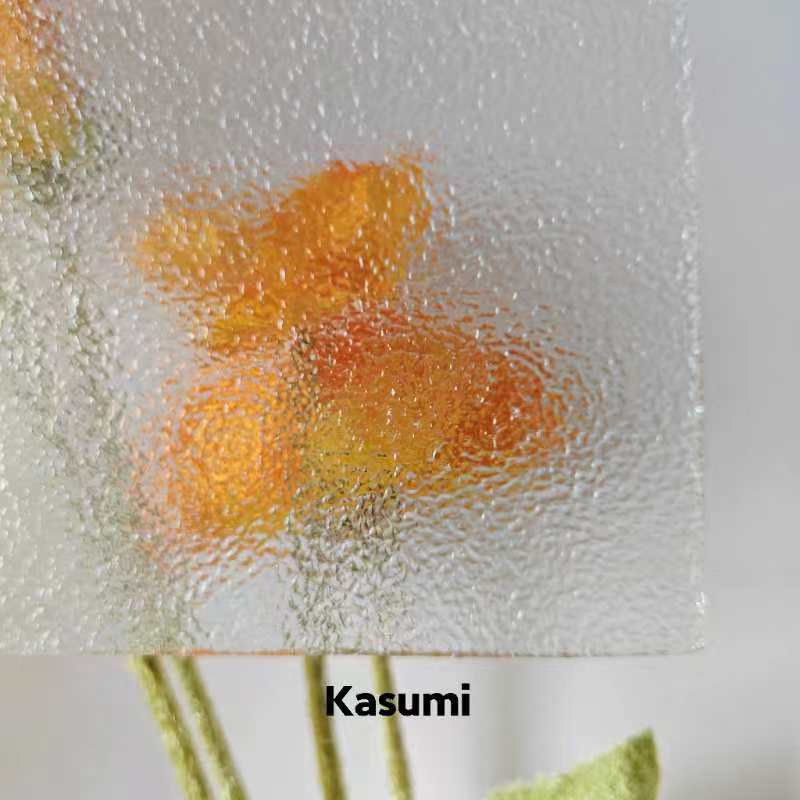Curved insulated glass units (CIGUs) represent a breakthrough in both architectural aesthetics and energy efficiency. As structures increasingly demand more intricate designs that elevate both form and function, CIGUs emerge as an ideal solution for architects and builders aiming to make a bold statement while maintaining sustainability.

At the heart of CIGUs is their ability to blend complex shapes with superior insulation capabilities. Traditional flat glass panels have long been the staple of construction; however, they limit the creative freedom of designers. Curved glass panels address this limitation, offering a degree of fluidity and sophistication that captures the essence of modernist and post-modernist architectural trends. The sweeping arcs and graceful lines possible with CIGUs lend themselves to projects where aesthetics reflect a commitment to embracing the future.
Key to their performance is the specialized construction of double or triple glazing that traps air (or specialized gases) between layers, drastically reducing heat transfer. This design not only minimizes external noise but also significantly boosts thermal efficiency, making these glass units ideal for environments where temperature control is crucial. Buildings utilizing CIGUs can often achieve higher energy ratings, translating into direct cost savings on heating and cooling for building owners and residents.

The production of curved insulated glass units requires precise engineering and cutting-edge technology. Manufacturers must employ an array of methods to ensure clarity and structural strength. Laminating processes are particularly critical to CIGUs’ safety standards, with multiple layers ensuring that even if the outer glass is damaged, inner layers remain intact. Advanced tempering processes also enhance the resilience of curved glass, allowing it to withstand diverse weather conditions and physical impacts.
Real-world applications of CIGUs span from high-rise buildings with expansive facades to more modest structures like storefronts and greenhouses. The Green Tower, a landmark in sustainable building, integrates these units not just as a façade feature but as a key component of its environmentally conscious design. Studies conducted on the Green Tower established that CIGUs reduced thermal bridging, significantly enhancing indoor climate control without additional mechanical ventilation, even in extreme weather conditions.
curved insulated glass units
Safety and durability remain paramount in these installations. Industry standards and rigorous testing protocols are tailored to assess how these units respond to mechanical stress, wind loads, and thermal differentials. Over time, these tests have consistently shown that curved insulated glass units maintain their performance metrics, offering long-term reliability that architects and engineers depend on.
An often-overlooked aspect of curved insulated glass units is their contribution to a building’s acoustical performance. Urban environments present a unique challenge of controlling noise pollution. CIGUs excel in this domain due to the insulating layer that dampens external sounds, creating less intrusive and more serene indoor spaces. This feature bolsters their applicability for buildings in bustling city centers or areas with frequent environmental noise challenges.
Another dimension where CIGUs shine is their ecological footprint. Glass is inherently more sustainable when compared to more carbon-intensive building materials. The recyclability of glass combined with its potential for energy conservation fosters a smaller environmental footprint. Moreover, technological innovations in glass manufacture are continuously reducing the energy inputs required, making CIGUs a smart choice for eco-conscious projects.
Industry forecasts indicate a robust growth trajectory for curved insulated glass units, driven by rising environmental awareness and demand for exceptional architecture. As supply chains become more refined and production costs decrease, their accessibility is expected to broaden across various market segments, from luxury constructions to commercial and residential spaces.
As experts in the architectural domain continue to advance the technology behind curved insulated glass units, they’re likely to see increasingly diverse applications that harmonize the need for innovative design with sustainability obligations. For stakeholders across the construction industry, keeping abreast of these developments is crucial. Leveraging the unique benefits of CIGUs could redefine building strategies, opening new possibilities in design and energy conservation that align with the imperatives of modern architecture.



